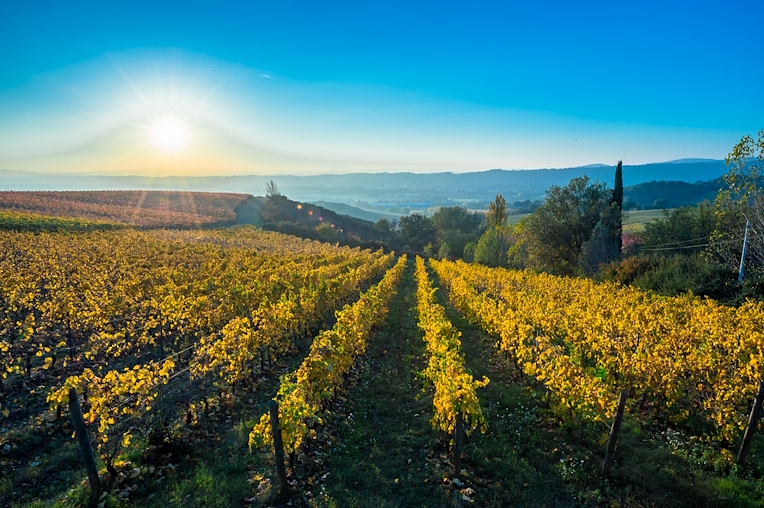Rocca Flea
The Rocca Flea is the symbolic monument of the town of Gualdo Tadino and one of the greatest examples of medieval fortified architecture in Umbria.
The name Flea seems to derive from the nearby river Flebeo, later called Fleo, which appeared as early as 12th-century documents testifying to the ancient origins of this majestic fortress. Over time, with the succession of different dominations imposed on the city, the Rocca Flea underwent multiple transformations.
First in 1177 the militia of Frederick Barbarossa settled there, then those of the Papacy, and in 1208 it was subjected to the protection of Guelph Perugia. After a terrible fire destroyed Gualdo Tadino in 1237, thanks to the coming of Frederick II of Swabia to the city in 1242, the Rocca Flea was enlarged and strengthened to become, together with the city, a border post between the Ghibelline territories linked to the Empire and the Guelph territories linked to the Papal State.
Later, in the middle of the 14th century, when Gualdo Tadino was again subjugated by Perugia following the sudden death of the emperor in 1250, the construction of the Cassero began, on which, in fact, the Perugian griffin still appears today, along with the town emblem.
At the beginning of the 15th century Gualdo Tadino became a Papal Legation and the fortress from an ancient military fortress was transformed into an aristocratic residence with Cardinal del Monte and Cardinal Giovanni Salviati. During this period many important historical figures stayed in the fortress: Frederick III of Hapsburg (1493), Isabella d'Este (1493), Lucrezia Borgia (1502), Cesare Borgia (1503), Clement VII (1529).
Following this, in 1803 it was given to the municipality of Gualdo to make it a hospital, but the project was never realized. Then it was given to the bishop of Nocera Umbra, who built a women's prison there. During the period of the Unification of Italy, however, it was a men's prison and remained so until 1985.
Thanks to important restorations, since 1999 the fortress has housed the Rocca Flea Civic Museum with historical-artistic testimonies that are fundamental to discovering the history of Gualdo Tadino, as well as the evocative Park, an integral and natural part of the fortress, which transforms the museum itinerary into an evocative experience among the typical plants of the territory.
























.jpg/09d005cf-1fbc-c147-844d-97cf8e25bac7?width=1920)








